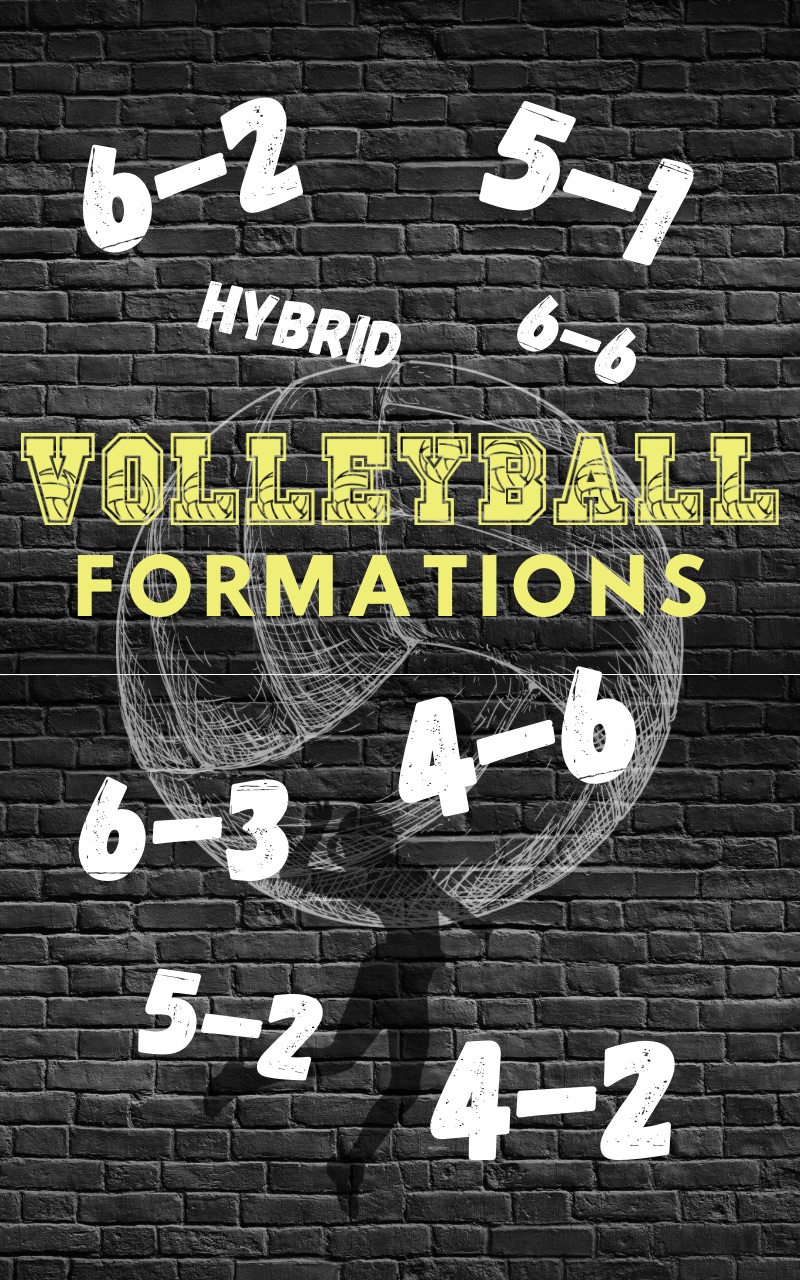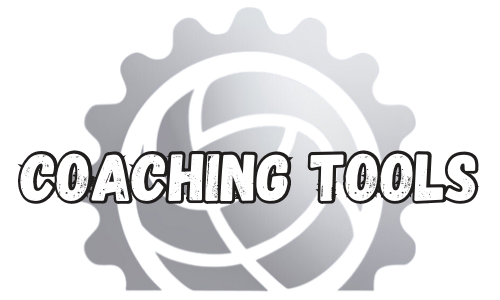
|
Different Volleyball Offenses
| |
|
[BACK]
Hybrid The hybrid offense in volleyball is a dynamic system that fuses the best of multiple offensive strategies. It’s characterized by its adaptability and innovation. Teams using a hybrid approach may combine elements of 5-1, 6-2, or other systems to maximize their strengths and exploit their opponent’s weaknesses. The hybrid offense thrives on unpredictability and can involve multiple players taking on setting and attacking roles, making it an exciting and ever-evolving strategy for those who seek versatility on the volleyball court. rotation 1 example:  Here is one example of many possibilities you can do to any volleyball offense to turn it into a hybrid. On rotation 1, you can have your hitters in front row stay in their positions instead of switching. this allows more hitters to play each pin which makes your team more difficult to read. 
For more information and diagrams for each position on each rotation in a "6-2" volleyball offense Click here for our ebook about "Volleyball Rotations" Advantages of the Hybrid Offense: 1. Adaptability: The hybrid system is highly adaptable, allowing teams to adjust their strategy based on the strengths and weaknesses of the opponent. 2. Unpredictability: The combination of elements from different systems makes the offense unpredictable, as opponents cannot easily anticipate plays. 3. Versatility: Teams can incorporate the best aspects of various systems, utilizing both specialized setters and versatile players in different roles. 4. Varied Attacks: The hybrid offense offers a wide range of attacking options, ensuring that teams can exploit the strengths of their players effectively. 5. Specialization: The hybrid system allows for specialized players (e.g., liberos, defensive specialists) to contribute to defense without sacrificing setting or attacking skills. 6. Seamless Transitions: The system can seamlessly transition from one formation to another, making it easier to adapt to changing game situations. 7. Efficient Use of Player Skills: Teams can maximize the skills of individual players, putting them in positions where they can excel. 8. Confusion for Opponents: Opponents may find it challenging to anticipate plays in a hybrid system, leading to confusion and errors. Disadvantages of the Hybrid Offense: 1. Complexity: The hybrid system can be complex to execute, as players need to be proficient in various roles and strategies. 2. Communication Challenges: Coordinating players who switch roles frequently can be communication-intensive and potentially lead to misunderstandings. 3. Training Intensity: Implementing a hybrid system may require more intense training to ensure that players are proficient in multiple positions and strategies. 4. Injury Risks: The hybrid offense can be vulnerable to injuries, as players frequently switch between roles, potentially overburdening specific players. 5. Positional Rigidity: The system may restrict the development of versatile players, as some players might become specialized in specific roles. 6. Substitution Challenges: Frequent substitutions can disrupt the flow of the game and require effective coordination between players and coaching staff. 7. Setter Fatigue: If the hybrid system relies heavily on setter versatility, it can lead to setter fatigue and increased injury risk. The hybrid offense offers versatility, adaptability, and unpredictability but can also be complex to implement and require effective communication and training. Teams should carefully consider the advantages and disadvantages before adopting this flexible system. For more information and diagrams for each position on each rotation in a "6-2" volleyball offense Click here for our ebook about "Volleyball Rotations" |

Amazon associate  Purchase Ebook on Amazon Purchase Ebook on Amazon
|
Volleyball techniques Volleyball strategies Volleyball drills Volleyball skills Volleyball fundamentals Volleyball tips Volleyball training Volleyball coaching Volleyball playbook Volleyball exercises Volleyball equipment Volleyball gear Volleyball practice Volleyball coaching tips Volleyball playing tips Volleyball tutorials Volleyball lessons Volleyball techniques for beginners Volleyball skills development Volleyball coaching tools Volleyball teaching aids Volleyball improvement tips Volleyball tactics Volleyball game strategies Volleyball mental preparation Volleyball injury prevention Volleyball nutrition tips Volleyball warm-up routines Volleyball conditioning exercises








